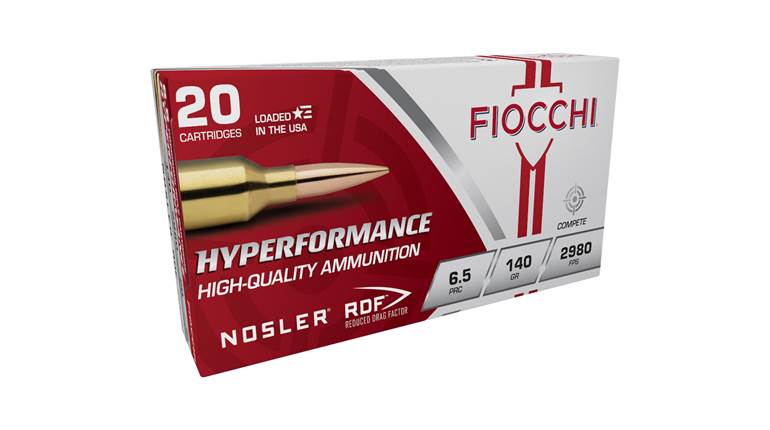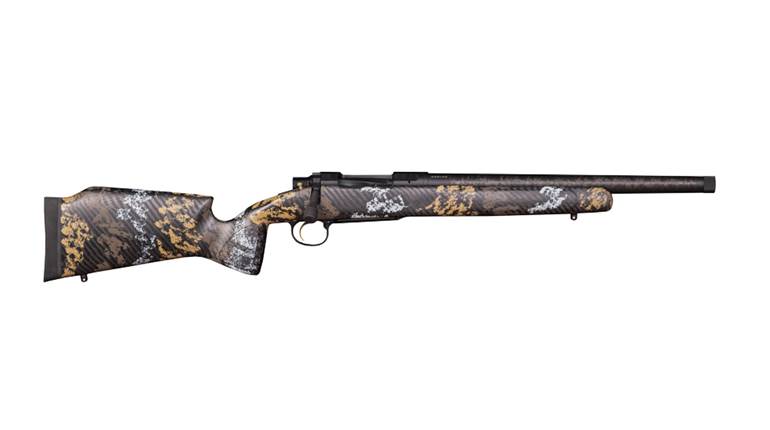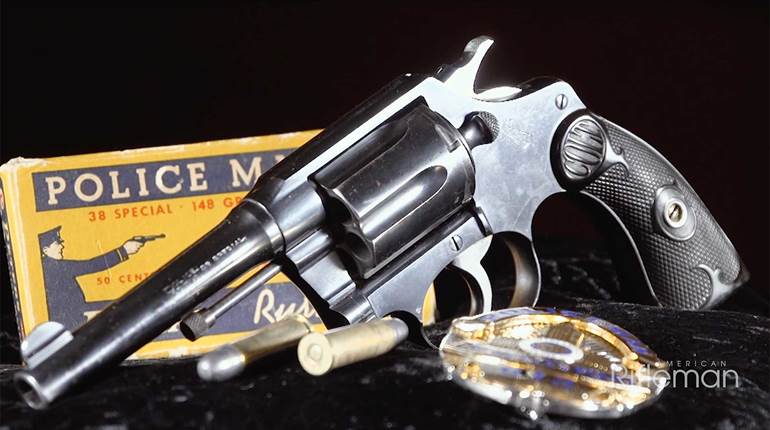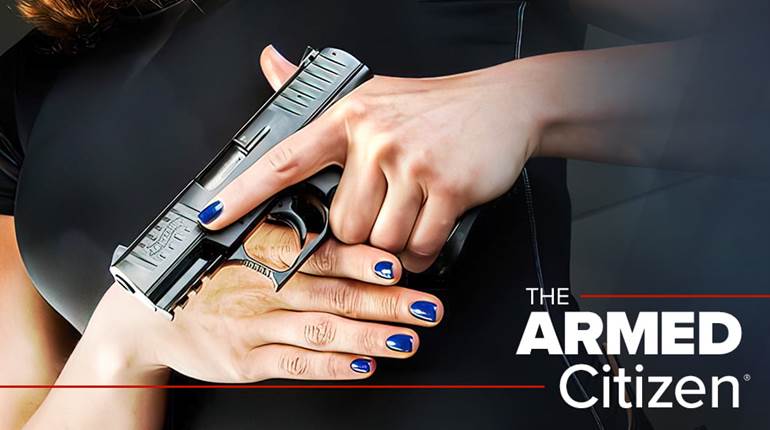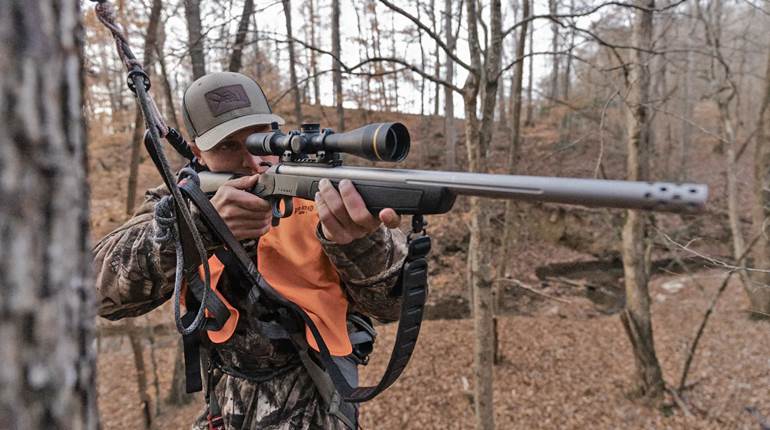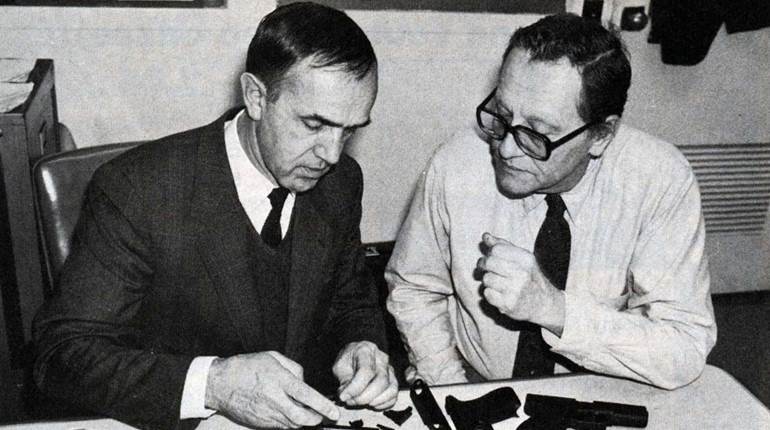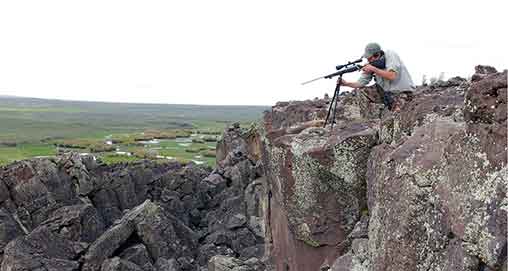
The evolution of firearms and optics has predictably extended the range at which hunters can take big game. For years, shooters looking to increase their effective range have been asking Nosler to make bullets that reduce bullet drop and expand sufficiently for long-range shooting. Not one to ignore market demands, John R. Nosler, vice-president of Nosler, Inc., instructed his engineers to design the most aerodynamic bullets possible that would stabilize in standard-twist rifling. AccuBond Long Range (ABLR) bullets were the outcome. Nosler ABLR bullets are currently made in 6.5 mm, 129-gr.; 0.277", 150-gr.; 7 mm, 150-, 168- and 175-gr.; and 0.308", 190- and 210-gr. 
The bullets’ design relies on a long taper to their boat tail and nose. A sharp polymer tip further improves their ability to slip through the air. The result is an increase in ballistic coefficient (BC), the number that measures how efficiently a bullet passes through the air in flight. The larger the number, the better. For example, the Nosler .27-cal., 150-gr. Ballistic Tip bullet has a BC of .496 while the same caliber and weight ABLR bullet has a BC of .625.
Let’s compare the trajectory, retained velocity and wind drift of those two bullets out to 600 yds., using 2900 f.p.s. as the muzzle velocity for both. Virtual shooting with a ballistics program shows that the ABLR bullet drops 1.58" less, drifts 2.50" less in a 10-m.p.h. crosswind and retains 137 f.p.s. more velocity than the Ballistic Tip at 400 yds. At 600 yds., the ABLR bullet drops and drifts about 6.42" less and retains 190 f.p.s. more speed than the Ballistic Tip.
That improved performance stretches the limits of cartridges at both ends of the spectrum. The .300 Win. Mag. is a favorite of long-range shooters. A rifle of mine in that chambering shot 190-gr. ABLR bullets slightly faster than2900 f.p.s. from its 24" barrel. At 800 yds. that bullet still packs nearly 1,500 ft.-lbs. of energy, which is enough to down an elk. Nosler ABLR bullets also provide mild cartridges some breathing room. The 6.5 mm, 129-gr. ABLR bullets retain an additional 100 f.p.s. of velocity at 500 yds. compared to 130-gr. AccuBonds when both bullets are fired at 2700 f.p.s. from a 6.5x55 mm Swedish Mauser.
Foot-pounds of energy and retained velocities are merely numbers. A bullet’s true worth is how it performs when it strikes game. Nosler states that ABLR bullets readily expand at impact velocities as low as 1300 f.p.s. That is 500-f.p.s. slower than the company’s other big-game bullets and 300-f.p.s. slower than even Ballistic Tip Varmint bullets. That low-velocity expansion is achieved with a thinner jacket at the nose and a deeper cavity below the polymer tip compared to regular AccuBond bullets. On the fast end, Nosler states that ABLR bullets expand yet remain mostly whole at extreme velocities. Expansion is controlled by a jacket that thickens toward the rear and is halted by a solid base that encompasses the entire boat tail. The jacket comprises approximately 45 percent of the bullet’s weight and is bonded to the lead core to ensure bullet integrity. 
Nosler’s website contains only a few loads for ABLR bullets, but is working on more. In the meantime, propellant charges for other Nosler bullets of the same weight and caliber can be substituted for the new bullets.
Nosler recommends seating ABLR bullets at a depth that results in a cartridge’s established maximum overall length. They have a smooth junction of their bearing surface to the ogive. This tangent ogive provides good accuracy without the need to fiddle with minuscule adjustments of seating depth to find that “sweet spot” where bullets in close contact with the rifling lands shoot their best.
For example, Nosler recommends a cartridge length of 3.025" for all its bullets loaded in the 6.5x55 mm Mauser. With the 129-gr. ABLR bullets seated for that cartridge length, the five-shot group fired from my Swede at 100 yds. varied between 2" and 3" using Reloder 19 and N560 propellants; however, group size shrank by at least half with bullets seated for the 6.5’s maximum cartridge length of 3.150".
The loads listed in the sidebar for the 6.5x55 mm, .270 Win., 7 mm Rem. Mag. and .300 Win. Mag. were shot through well-used big-game hunting rifles. Cartridge lengths for them are the maximum, and they fit with room to spare in the rifles’ magazines. The .300 Win. Mag. cartridge was the only one containing a compressed propellant charge.
The .300 generated a vigorous amount of recoil with a case full of H1000 propellant and a 190-gr. bullet. However, the rifle fired 25 of those long bullets into not much over an inch at 100 yds. With a muzzle velocity faster than 2900 f.p.s., that heavy bullet will carry the freight to an elk at distances at which most of us should abstain from shooting. 
My 6.5x55 mm rifle is based on a Mauser Chileno Modelo 1895 action. It shot the 129-gr. ABLR bullets into five five-shot groups averaging slightly more than 1.5". That’s great accuracy for a rifle well into its second century. Those groups were shot on a blustery day with a temperature of 30º F—about like the weather on a late fall whitetail stand. However, the ABLR bullet is not going to turn the mild 6.5x55 into a killer of deer or elk grazing on the far side of an alfalfa field.
Nosler’s AccuBond Long Range bullets work both at short and long ranges. Their ability to expand in a controlled manner across a wide range of velocities makes them a true all-around big-game choice for common shots up-close and for those once-in-awhile shots when we cannot stalk closer.












